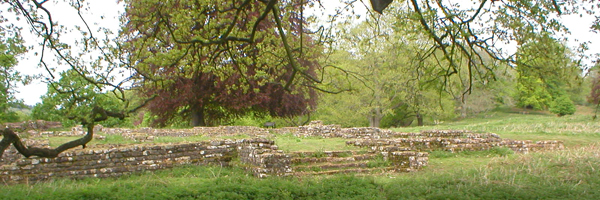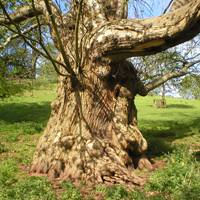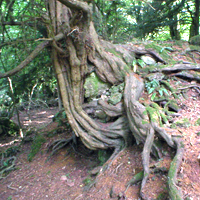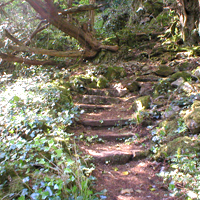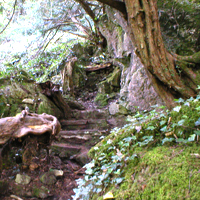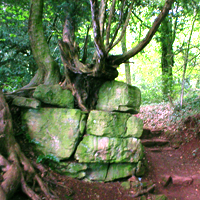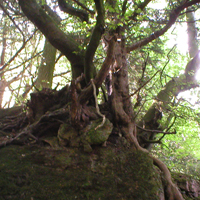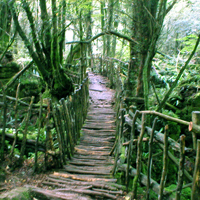In the year 1802, the people of Parkend in the Forest of Dean were disturbed by strange beastly sounds in the forest.
The beast itself was discovered to be a giant wild boar. It was of such enormous proportions that it felled trees, damaged hedges, and flattened fences. The villagers organised a hunt to capture or kill the animal, but their endeavours came to nothing.
Many years later, in 1998, two people living locally reported seeing a creature the size of a cow, but with the appearance of a boar.
Later, in 2005, an early morning sighting was made between Pygmy Pinetum and Mireystock crossroads. The report described the beast as a ©big black animal©. Another recent witness spoke of a wild pig as big as a horse.
At some point the animal became known locally as the "moose-pig", elsewhere as the Beast of Dean.
Until its more recent reintroduction the wild boar had been extinct in the British Isles for many centuries, possibly since the 13th century.
In the 11th century story of Culhwch and Olwen, there is a section about a magical boar named Twrch Trwyth that is hunted across South Wales, and into the Forest of Dean from where it escaped by jumping into the River Severn.


